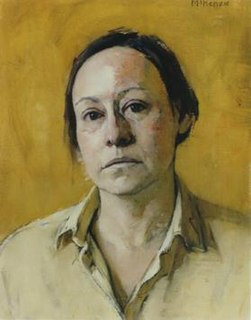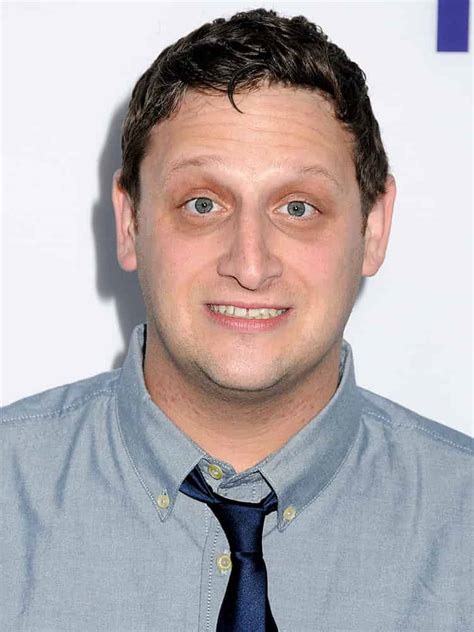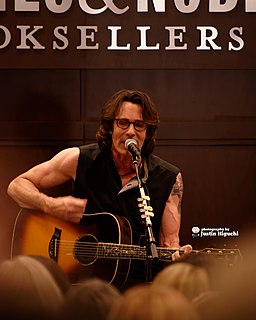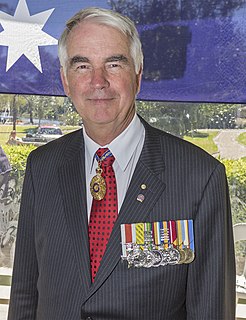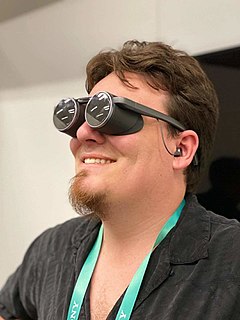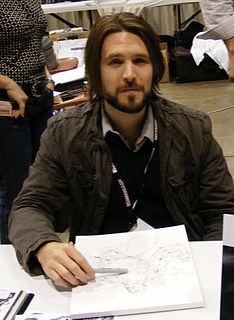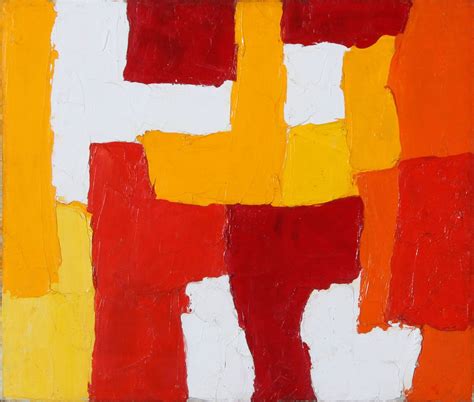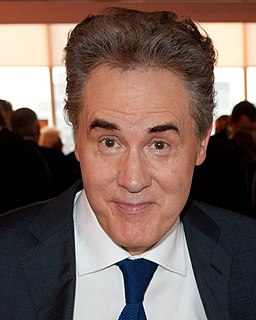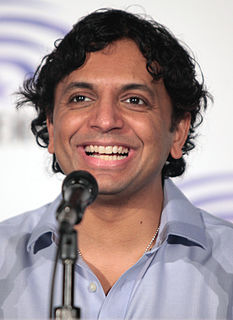A Quote by Mary Beth McKenzie
I usually start by doing one or more color studies of the subject on a piece of canvas taped to cardboard.
Related Quotes
The second disk was taped at our all-night anniversary show. And some of those sets are taped at like 4:30 or 5 in the morning, when people are a little groggy and not doing what they would do if they knew it was being recorded. That said, that disk has an entirely different flavor. It's more experimental. It has more of the newcomers on it. It has people doing stuff that you won't see on Comedy Central or HBO specials.
Numerous studies have shown that students of color achieve better educational outcomes when they have teachers of color in the classroom, and as our student body becomes more diverse we should be doing everything we can to reflect that diversity among the educators who are mentoring and inspiring our next generation of young people.
Color is definitely an important factor for me during all phases of producing a cover. I always start out with a loose idea of what I want to see when I'm doing my initial sketches. This choice can be informed by anything, but I usually tend to lean toward more simple color schemes... something with a very obvious push between warms and cools.
You sit and you let your fingers go to wherever they are going to go. You wait until you start to hear something, and you start to figure out what it is that you're doing. And then you add another piece next to that piece, and wait to see if some kind of pattern or something interesting starts to grow, and then you cultivate it.
